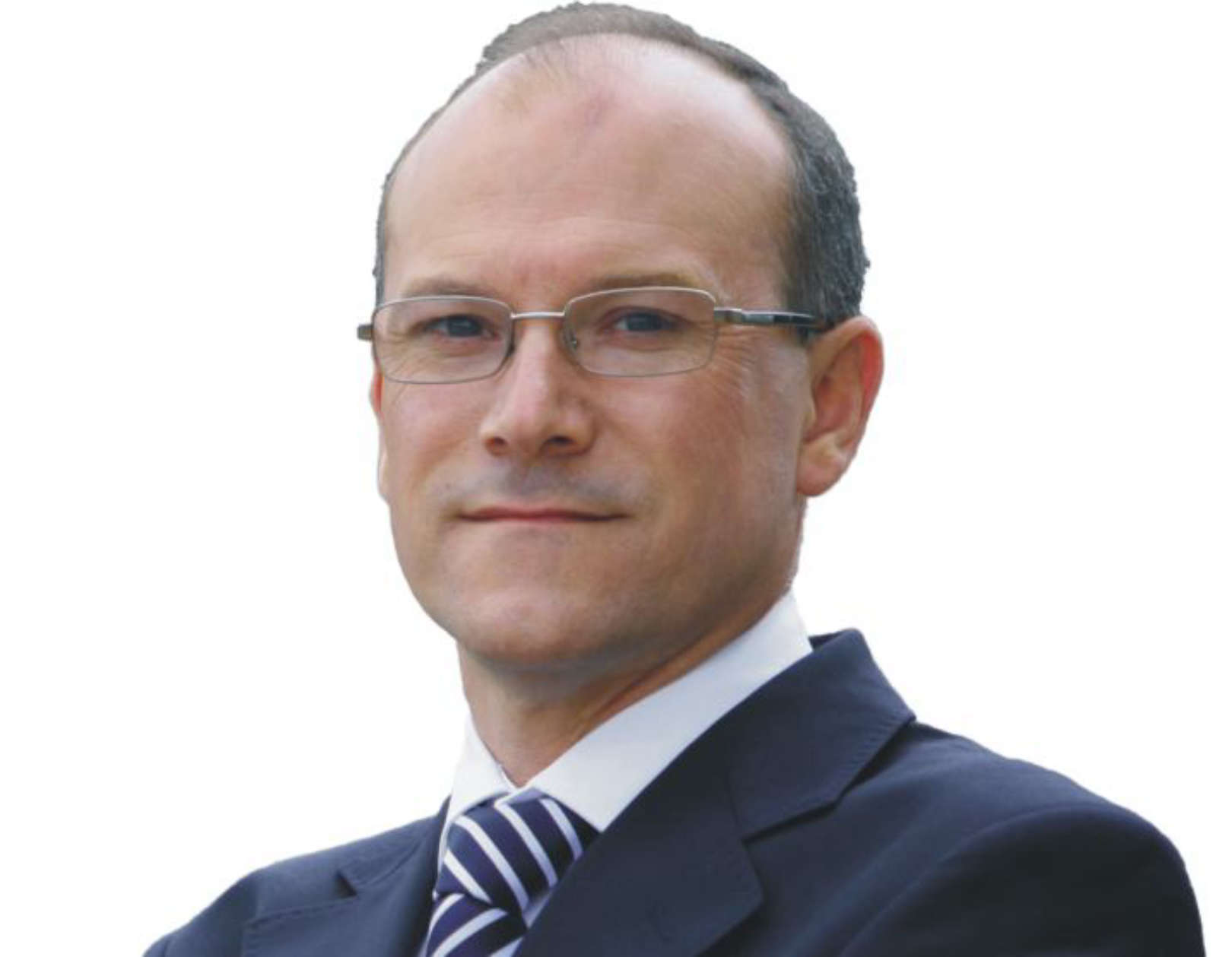About
I'm graduated in Electrical Engineering from the University of Trás-os-Montes e Alto Douro (UTAD), Portugal in 1991. I have obtained the M.Sc. degree in Power Electronics in 1997 from UTAD and the Ph.D. degree in Electrical Engineering (Harmonic distortion analysis on the LV distribution networks) in 2007 from UTAD. Presently, I'm an Auxiliar Professor in the Department of Electrical Engineering, UTAD and also a INESCTEC researcher in power quality, electrical machines and renewables. My main interest areas are power quality, electrical machines and renewables.


